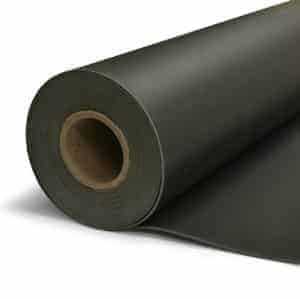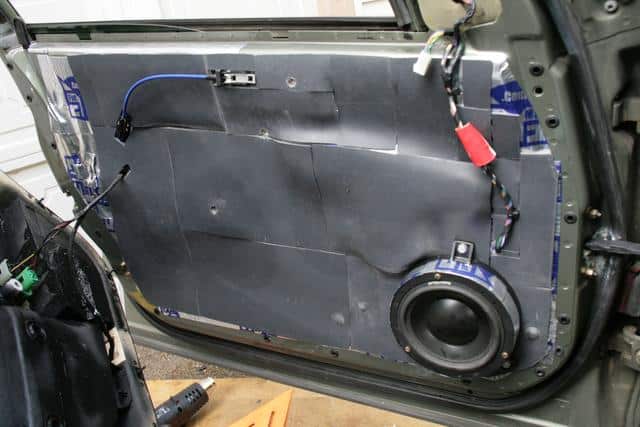

If you’re not certain how much MLV you need, our helpful staff can put together a quote for you. For large scale projects, we have pallet quantities of MLV #1 available for purchase. The performance table summarizes the STC rating for the various MLV products.įull spec sheet of our mass loaded vinyl if you would like to compare and contrast products. The MLV is typically embedded behind the finished walls, floor, or ceiling materials. MLV noise barrier adds mass in a minimal thickness. Soundproofing systems combine mass, isolation, absorption, and damping to achieve the sound reduction results best suited for the application. Our mass loaded vinyl is STC rated to ensure you receive the proper soundproofing equipment for your home or office. The difference between the two is the transmission loss. The sound in the Source and Target rooms is measured. Measurements are taken over a range of 6 frequency points ranging from 125Hz to 4000Hz. What makes Mass Loaded Vinyl such a great choice for noise reduction is the fact that its a double threat it is both a potent sound barrier and effective. A standardized test, performed in a certified, independent, soundproof lab, measures the transmission loss between a sound source (Source) and a target room (Target). Additionally, the 1 pound material has a thickness of 0.105 inches (2.67mm), again, +5%.The industry standard unit of measure for a sound barrier material like mass loaded vinyl for wall, ceiling or floor assembly is referred to as the Sound Transmission Class (STC). In general the weight will be 1 pound per square foot +5%. We (like all MLV manufacturers) manufacture to a weight criterion, not a dimensional criterion. The weight of Mass Loaded Vinyl will vary +5%.

The 1/8" dimension is simply part of an informal description that we as an industry use. This is the way MLV is manufactured, specified, and sold here in the States. When various samples from various manufacturers are compared, one finds that none are actually 1/8” and most are not exactly 1 pound.

*In the United States, MLV is loosely described as “1/8” and 1 pound per square foot”.” This is simply a common description. While it is common to still see “barium loaded vinyl” on an architectural spec, the fact is that barium is rarely used any longer as a filler. That is much less common today, and most MLV made in the USA is made with calcium silicate. Mass Loaded Vinyl has traditionally been “loaded” with heavy barium sulfate. Cut the Material to the Required Size and Cover the Fence 7 5.
#MASS LOADED VINYL FOR SOUNDPROOFING INSTALL#
Decide How You’re Going to Install the MLV 6 4. Massive, limp, flexible, formable and versatile 2 Soundproofing a Fence With Mass Loaded Vinyl 3 1.Significant reduction in sound transmission.Cast MLV tears much more easily and is also more difficult to install than extruded, which offers: Additionally, Mass Loaded Vinyl can be used as a barrier material to wrap metal ducts, plastic plumbing pipe, steel columns, etcetera. This mass is what allows the MLV to be so effective at reducing airborne noise.MLV can be used as a barrier in walls, floors, and ceilings to significantly increase the mass of these surfaces and thus reduce noise. Mass Loaded Vinyl is very dense, weighing one pound per square foot.

While there are many trade names for this material, all are a simple PVC sheet, loaded with barium sulfate or calcium silicate to add weight. Mass Loaded Vinyl (MLV) has been an industry-standard in noise control for decades.


 0 kommentar(er)
0 kommentar(er)
